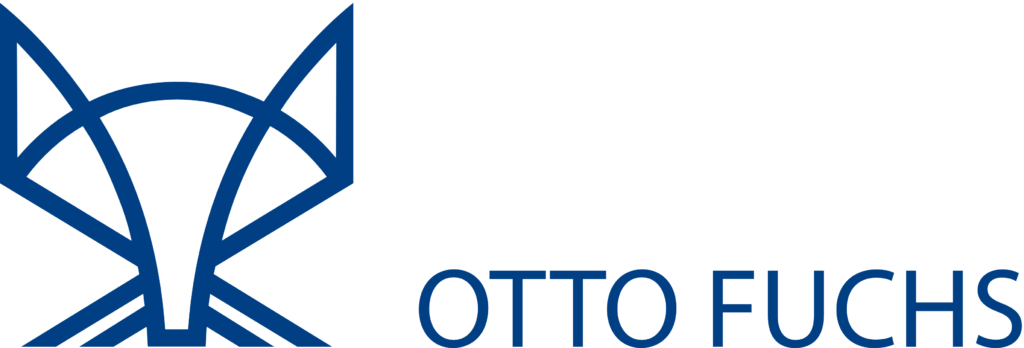G23e - Moni
Moni brought many mechanical changes. For example, the sidepod concept with integrated radiators was replaced by a wing system that allowed higher downforce. To allow for different chassis kinematics, new gears allow the motors to be positioned further into the wheel. A starless forged aluminum wheel again promises the best compromise between performance and reliability, as on our earlier models.
G22e - Mia
Mia was the latest iteration of our proven concept. Thanks to numerous optimizations, especially in the cooling of the accumulator and inverter and a new manufacturing technique for the gears, as well as upgrades in the control systems, the G22e represented our fastest and most reliable race car to date. A redirection at the rear axle also brought changes to the chassis, allowing the third damper to be more elegantly connected.
G21e - Luna
The G21e - "Luna" is the seventh electric race car of the BRS Motorsport team. Through the Corona pandemic, Luna was built and developed over two years. Similar to the G19e, her main goals were reliability and drivability.
The monocoque core is made almost entirely of aluminum honeycomb and a new inverter housing, as well as a new battery housing, provides better cooling. In the electrical area, Luna works with a 24 volt on-board power supply, which feeds completely self-developed circuit boards. In terms of driving dynamics, a number of new control systems are on board, which provide the driver with extensive support in the form of traction control, torque vectoring, range control and braking point optimization. In terms of aerodynamics, the first preparations for an underbody with diffuser have already been made with a front wing.
G19e - Cordula
The G19e Cordula is the sixth electric race car from BRS Motorsport. The concept for the race car was based on the experience with the G18e at the events. BRS Motorsport's goal was to build a race car that was as reliable and safe as possible.
The monocoque is manufactured according to the same principle as the year before. The monocoque core is made of aluminum honeycomb. The most important parts of the G19e are compatible with the corresponding parts of the G18e. Thus, the newly developed parts could already be tested on the G18e. There were some innovations in the battery that prevent overheating. Among other things, the cells are fixed in specially designed and manufactured cell holders and the air cooling has been improved. In the aerodynamics area, the DRS was omitted this year. Instead, the focus was placed on stability and reliability.
G18e - Mary
The G18e is the fifth electric race car from the BRS Motorsport team. According to the two-year concept plan, the G18e is based on the developments of the G17e. But some fundamental changes were still made this year.
The pouch cells of the battery were replaced by round cells in the G18e. This meant that a completely new battery concept had to be developed. Some points have also changed in the chassis and aerodynamics. The monocoque has four different core types in the G18e. Unlike the G17e, most of the monocoque core was made of aluminum honeycomb, rather than Rohacell.
A DRS (drag reduction system) was installed in the rear wing for the first time.
G17e - Betty
The G17e is the fourth electric race car of the BRS Motorsport team. In keeping with the two-year concept plan, the G17e was built according to a completely new concept. The biggest change was the transition from a single-motor concept to a four-wheel drive concept. There is a wheel hub motor with a planetary gearbox in each wheel. Of course, this also requires more space between the wheel and the chassis, so there were also changes to the chassis to accommodate this.
With the G17e, the team competed in the Formula Student Germany, Formula Student Austria and Formula Student Italy events in 2017.
G16e - Carola
The G16e is the team's third electric race car, and the design goal was to develop the best package of available budget and at the same time the maximum possible performance for it, and thus end up in the top 25% of the starting field. To achieve this, the rough concept from last year was retained and a lot of time was spent on developing new components and optimizing the chassis, suspension, aerodynamics, vehicle dynamics control, mechanical drivetrain and electrics.
G15e - Carina
The G15e is the team's second electric race car, the design goal of which was to develop the best package of available budget and at the same time the maximum possible performance for it. To achieve this, the 1-motor concept from last year was retained and a lot of time was spent developing new components and optimizing the chassis, suspension, aerodynamics and electrical systems.
Another major difference from the 2014 car is the chassis, which on the G15e is no longer a tubular steel frame but a full CFRP monocoque (carbon fiber reinforced plastic). In addition to the goal of weight savings, this also offers a more precise connection of the chassis points as well as greater rigidity.
The electrical system was also further developed in many areas compared with the previous year. The six ECUs developed in-house include a modular mainboard system to which new boards can be flexibly plugged, saving additional cabling on the one hand and supporting the possibilities for new developments or the replacement of modules on the other.
With the G15e, the team will compete in the Formula Student Germany, Formula Student Austria and Formula Student Spain events in 2015.
G14e - Rosana
In the 2014 season, BRS Motorsport will be competing in Formula Student Electric for the first time with an electric race car. In order to be able to continue the success of the previous season when switching from Combustion to Electric, many concepts and components that had already proven themselves in the G12 combustion car were also used in the G14e. In addition to the electric drive, new features include cast wheel carriers developed in-house to increase rigidity, a revised steering column and the new ZF Sachs Formula Student dampers. Furthermore, daggerboard stabilizers are being used for the first time, as well as a sensor data system that was developed in a bachelor thesis. As a further advance, the G14e will be the first of the five race cars to receive the aero kit, which was tested and further developed on the G13 for this purpose. Not to be forgotten are the numerous electrical systems, most of which boards were developed in-house to monitor the system states in the vehicle and switch them off in case of doubt. The battery and the entire vehicle network are also self-developed or self-implemented.
G13 - Winged Hannah
The G13 is not a new racing car in the strict sense of the word, because the Formula Student regulations only classify it as a first-year car until FSG 2013, since the main components have not been changed and the team already participated in Formula Student Germany in the 2012 season. However, because the switch to Formula Student Electric was to be made with a competitive race car, the team decided to use the 2013 season for extensive testing with the new electric race car. In addition, the G12/G13 served as a test vehicle for many individual components that were built into the G14e. In particular, the aero kit, which was developed in a bachelor thesis at the beginning of 2013, was tested on Hannah (G13) and optimized for the G14e.
G12 - Hannah
The development goals for the 4th race car of the BRS Motorsport Team were a revision of the frame and weight optimization, towards a car with even better driving dynamics. The goal was to build the car lighter than 200kg. The chassis, which had already proven itself in the 2011 car, was to be changed as little as possible. The differential suspension was redesigned, as was the new outer skin.
G11 - Willi reloaded
The development goals for our 3rd vehicle, for the 2011 season, were the construction of a lightweight, reliable and, above all, fast race car. Here we paid particular attention to the reduction of unsprung masses, an improvement in the rigidity of the frame with simultaneous weight reduction. The engine was expertly revised and optimized. Additional innovations include a manual clutch, an ABS system, a multifunction steering wheel and CFRP wishbones.
G10 - Willi
This is our second Formula Student race car, with which we competed at the Formula Student Germany at the Hockenheimring in 2010.
The development goal for this vehicle was to design a racing car that is as technically simple and solid as possible, with good handling and braking characteristics.
G09 - Elli
This is our first Formula Student race car, with which we competed at the Formula Student Germany at the Hockenheimring in 2009.
The development goal for this vehicle was to design a racing car that is as technically simple and solid as possible, with good handling and braking characteristics.
Horst
Unser Transporter mit dem Spitznamen "Horst" fährt seit Jahren zuverlässig Rennfahrzeuge und Equipment zu den Wettbewerben. Ursprünglich gesponsert, ist der inzwischen im Besitz des BRS Motorsport e.V.





